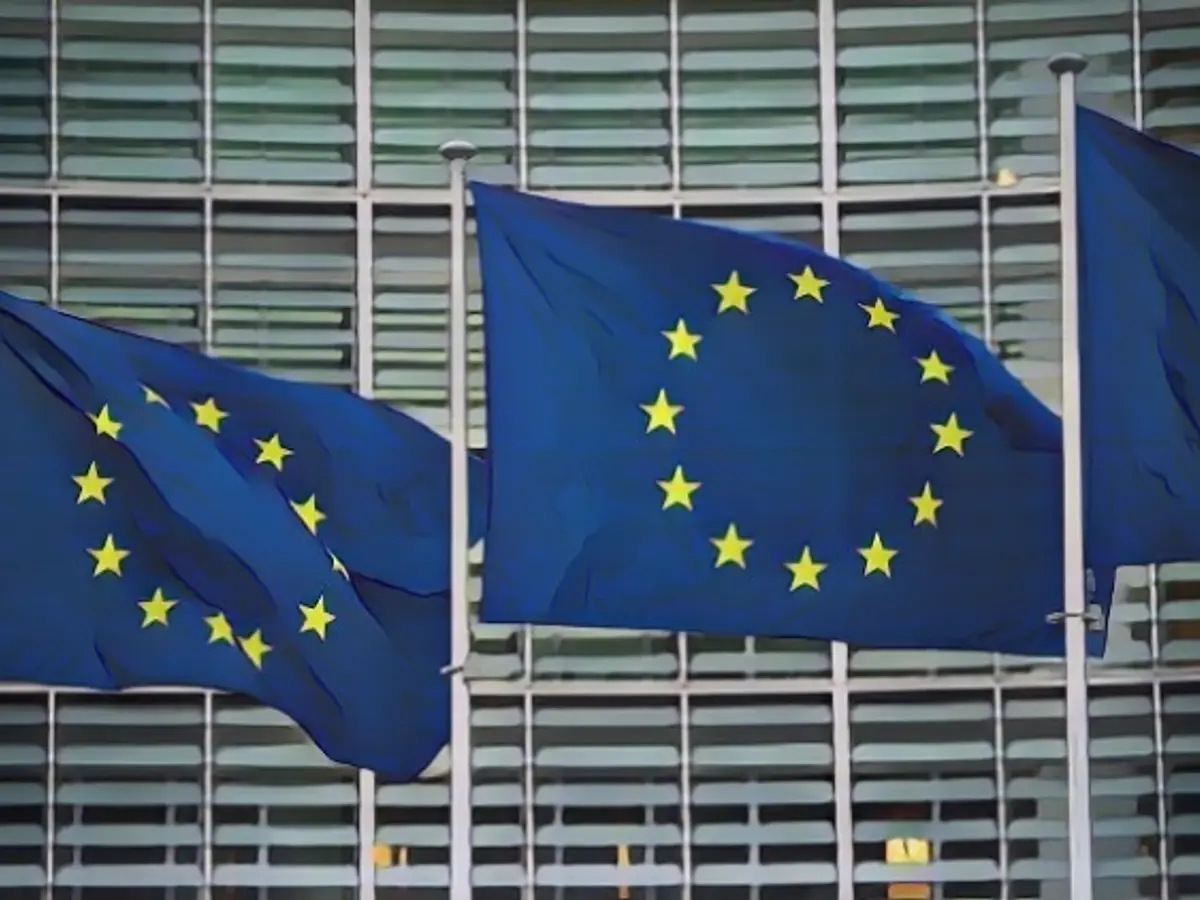Eurozone Economy Takes a Small Step Back in Summer
The economy in the Eurozone took a tiny step back during the summer, as anticipated. The statistics office Eurostat reported a drop of 0.1% in Gross Domestic Product (GDP) from July to September 2023 compared to the previous quarter. This slight contraction confirms an earlier estimate made at the end of October.
During the spring, the Eurozone economy had managed a marginal growth of 0.2%. Contrastingly, the overall EU economy, consisting of 27 member states, stood still in the third quarter, echoing its stagnation in the spring.
The persistent economic stagnation in the EU and the Eurozone is a cause for concern. The summer's shrinkage in the Eurozone's GDP only adds to this worry.
Factors Behind the Stagnation
Several factors contribute to the consecutive quarter of economic stagnation and contraction in the Eurozone and larger EU economies.
- Trade Challenges: Uncertainty surrounding potential higher tariffs in the United States, the Eurozone's largest export market, negatively impacts exports.
- Manufacturing Struggles: The manufacturing sector faces persistent competitive pressures from China, affecting trade performance.
- Energy Burden: Higher energy prices lead to increased production costs and decreased consumer spending.
- Fiscal Consolidation: Fiscal consolidation efforts in France have resulted in reduced government spending, contributing to the economic slowdown.
- Demand Issues: Italy's economy experiences a negative contribution from domestic demand, and Germany's economy suffers from declining exports exceeding healthy private and public spending.
- Monetary Policy Impact: The ECB's ongoing easing of monetary policy has not yet fully filtered through the economy, attributing to the current stagnation.
- High Base Effect: In France, a high base effect from the Olympics in the previous quarter makes the subsequent quarter's growth appear weaker.
Consequences
- Growth Forecast: The Eurozone economy is projected to bounce back in Q1 2025, mainly due to continued monetary policy easing, but growth will fail to reach the overall expected level in 2025.
- Monetary Policy Changes: The ECB will likely continue easing monetary policy, with a possibility of two consecutive 25bps cuts in March 2025 and an additional 50bps cut by the end of 2025, aiming to reach a terminal rate of 2.00%.
- Risks: Potentially higher-than-expected U.S. tariffs and sustained weakness in Germany’s industrial sector pose risks to the economic recovery.
- Domestic Demand Revival: Some growth in the Eurozone economy can be expected, driven by a rebound in domestic demand according to ING’s Bert Colijn.
Source:








